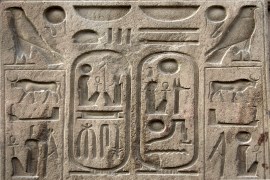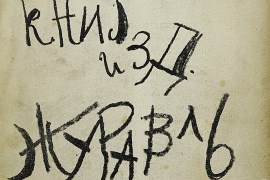Collections | Livre | Chapitre
From the beginning of life to the end of the world
pp. 21-51
Résumé
In May 1932 Ludwig Klages, a pioneer of modern vitalism and of graphology, published the third and final volume of Der Geist als Widersacher der Seele (Spirit as the adversary of the soul). An autodidact, Klages compiled in this book almost 20 years' worth of research and publication. Developing a system he hoped would remedy a world gone mad, Klages began by rejecting all limits and boundaries, proposing in their stead a philosophy based on "life's flow" (class="EmphasisTypeItalic ">Strom des Lebens) and "the reality of images' (Wirklichkeit der Bilder). The two concepts were heavily embedded in the jargon of Lebensphilosophie, a concept identified with Friedrich Nietzsche (1844–1900), Wilhelm Dilthey (1833–1911), and Henri Bergson (1859–1941) in the late nineteenth century. All three philosophers, and Klages in turn, tried to reassess the contribution of German idealism to contemporary culture. In so doing, they rejected the notion of a scientific telos and idealist truth value in favor of an "aesthetic fundamentalism."1 While Nietzsche, Dilthey, and Bergson are considered to be 'serious' philosophers, Klages is considered by the historians and thinkers discussed in this book as the principal father of Nazi rhetoric and a vital promoter of the irrational opposition to Enlightenment values.
Détails de la publication
Publié dans:
Lebovic Nitzan (2013) The philosophy of life and death: Ludwig Klages and the rise of a Nazi biopolitics. Basingstoke, Palgrave Macmillan.
Pages: 21-51
Citation complète:
Lebovic Nitzan, 2013, From the beginning of life to the end of the world. In N. Lebovic The philosophy of life and death (21-51). Basingstoke, Palgrave Macmillan.










